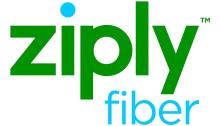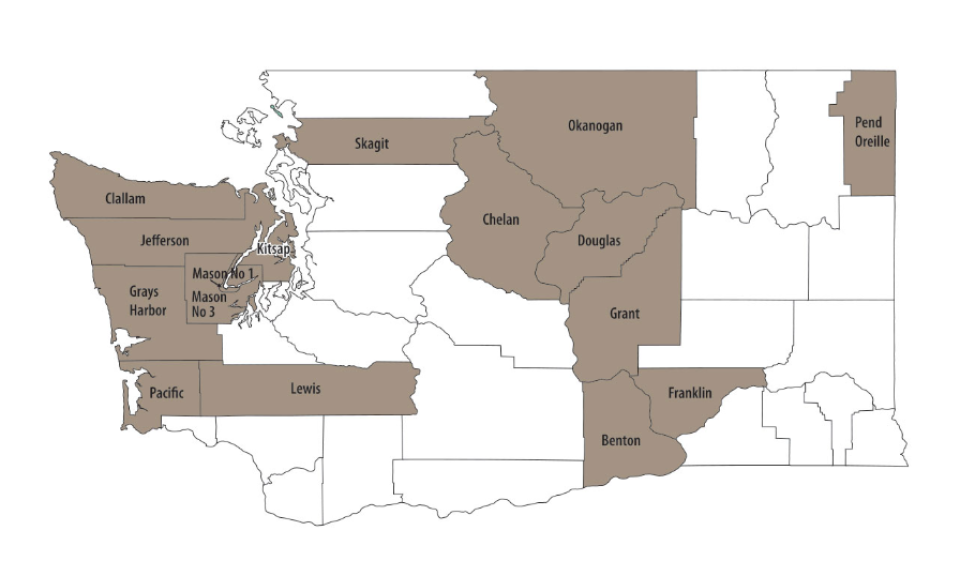
Fast, affordable Internet access for all.

Ziply Fiber has been increasingly active across Washington State, helping municipalities expand access to affordable, open access fiber networks. Those efforts have received a significant boost with the news that Ziply has acquired iFiber Communications, a Washington state open access ISP that works closely with Washington’s growing public utility districts (PUDs).
According to the Ziply announcement, the acquisition was for an undisclosed sum, but should dramatically help the company’s focus on expanding affordable fiber broadband service to Pacific Northwest customers long unserved or underserved by regional broadband monopolies like Comcast and Frontier Communications.
Ziply Fiber has unveiled new fiber construction projects across more than 90 cities and towns across the Northwest since the company began its fiber expansion plans in the summer of 2020. The iFiber acquisition is the second this year, Ziply having acquired Oregon fiber and wireless ISP Eastern Oregon Net, Inc (EONI) last June.
They’ve been particularly active in Washington state, most recently partnering with the Snohomish county government to leverage a $16.7 million Broadband Infrastructure Acceleration grant to expand affordable fiber access across the county. Ziply’s also been in talks with Whidbey Island, Washington officials on a major fiber expansion push.

iFiber currently has around 18,000 broadband subscribers, but covers a total of around 100,000 passed locations through its arrangements with Washington PUDs. PUDs and CUDs (Communications Utility Districts) leverage collective municipal power to help expand access and challenge heavily monopolized energy and broadband industries.
Harold Zeitz, Ziply’s CEO, tells Fierce Wireless that the iFiber acquisition should allow Ziply to push affordable fiber more deeply into Washington State than it could have alone. (Subscribers in Washington can get a symmetrical gig for just $60/month).
“It’s a great opportunity for us to be able to serve a larger audience,” he stated. “It’s an example of where it’s non-economic for private companies to build, that’s where that public private partnership really makes sense.”
The deal not only gives Ziply iFiber’s existing customer base, but the right to market Ziply service to iFiber’s 82,000 PUD-tethered passings across Chelan, Douglas, Franklin, Grant, Kitsap, Mason and Pend Oreille counties. Those PUDs already connect their assets to Ziply’s core network, saving Ziply the trouble of building its own distribution network in these counties.
In 2020, Ziply paid $1.35 billion to acquire Frontier’s unwanted DSL assets in Washington, Oregon, Idaho and Montana. The deal gave Ziply 500,000 residential and business Internet, television and voice customers. But it also gave Ziply a network desperately in need of upgrades after decades of neglect by Frontier and Verizon Communications.
Ziply says the company’s goal is to have 80 percent of its footprint covered with fiber within three years. As of the end of 2021, that coverage total sat somewhere near 40 percent. Zeitz says the company is aiming for a few hundred thousand additional new passed locations, per year – something it says should be greatly accelerated by the company’s latest deal.
